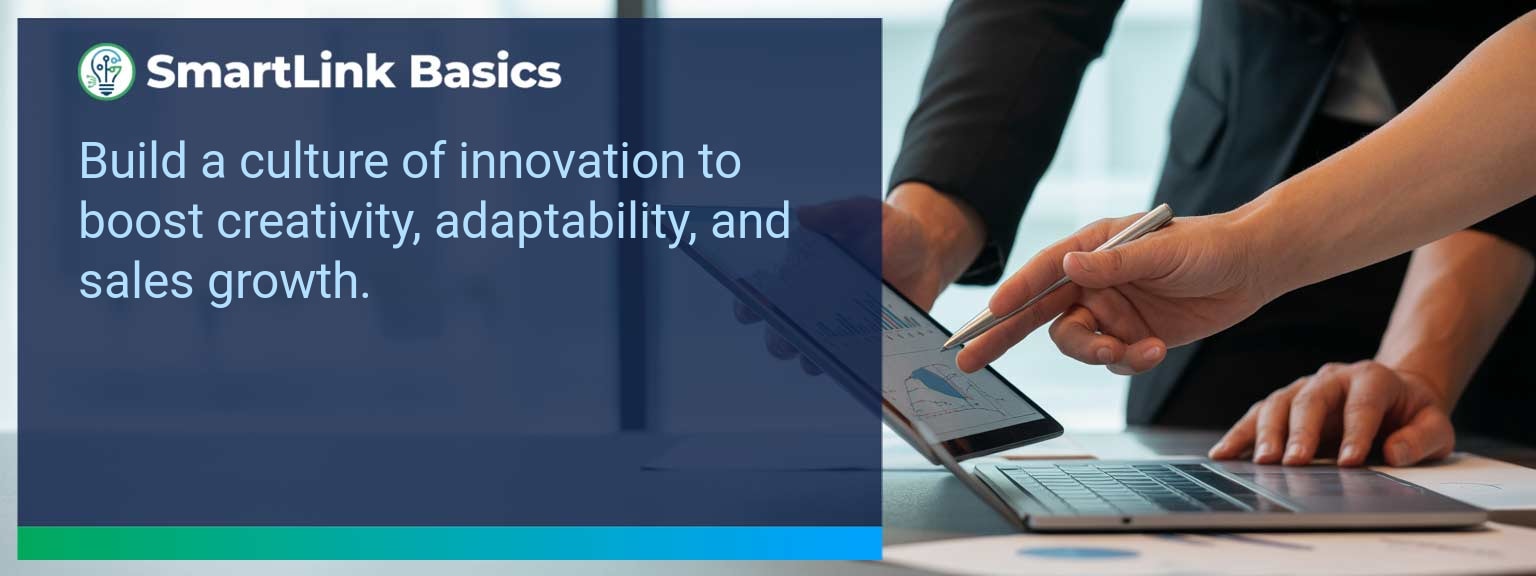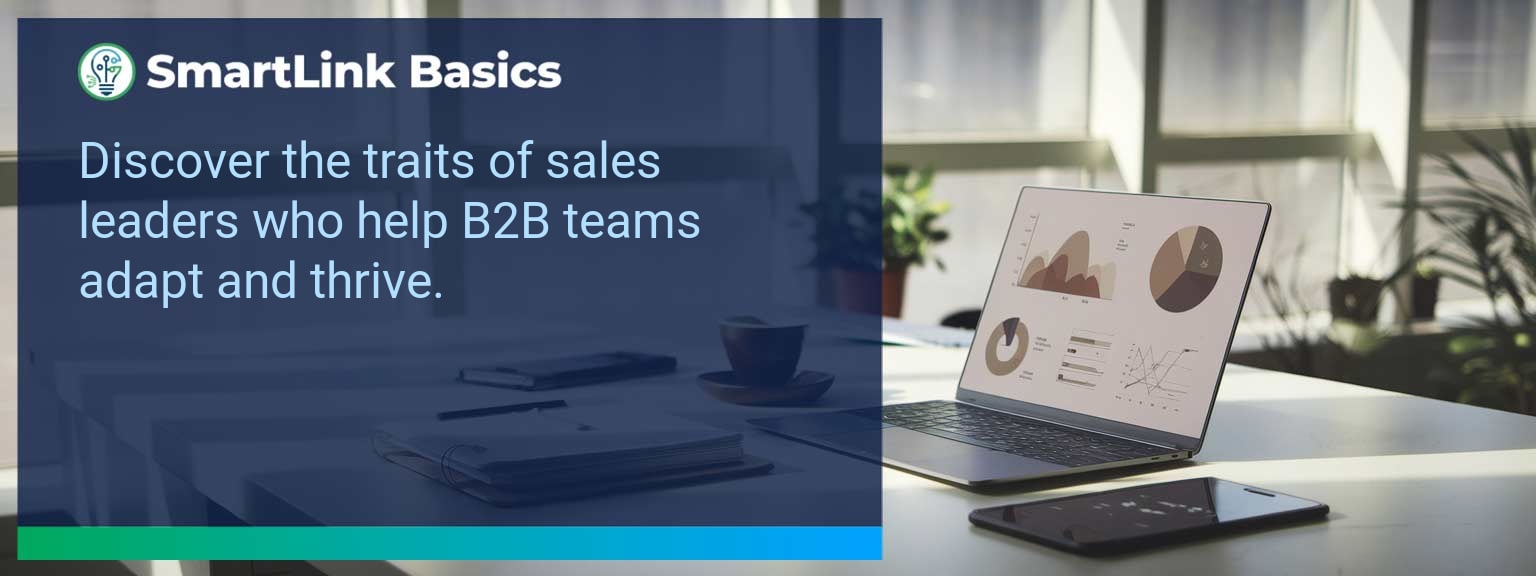Industry data shows that organizations adopting AI-driven automation achieve cost reductions of up to 30% while accelerating sales cycles by 20% or more (McKinsey, 2024). For sales leaders, AI automated workflows now define competitive advantage, enabling teams to reallocate time from repetitive tasks to high-value engagements. At SmartLink Basics, we help decision-makers implement these systems strategically, ensuring they integrate with existing revenue operations. In this article, you’ll see how AI automated workflows power business outcomes, the common obstacles that slow adoption, and practical steps to optimize processes. You’ll walk away with proven examples, a 90-day action blueprint, and measurable KPIs to track results.
- Automate repetitive administrative and CRM updates with AI.
- Integrate machine learning to personalize outreach at scale.
- Streamline approvals, quotes, and contract workflows for speed.
- Use predictive analytics to prioritize sales opportunities.
- Track adoption and performance with targeted metrics.
AI Automated Workflows: What Changed and Why It Matters
AI adoption has shifted from experimental to operational, making automated workflows a standard in high-performing sales organizations. The real advantage lies in combining workflow automation with artificial intelligence workflows to optimize every step of the revenue process. Sales leaders now use AI to synchronize touchpoints, reduce manual inputs, and ensure faster execution. For example, a B2B SaaS leader introduced automated lead enrichment and routing, cutting qualification time by 60%. Actionable insight: Audit processes for time-intensive handoffs and apply AI where repeatability is high.Redesign the Revenue Operating System With AI Automated Workflows
ICP, Segmentation, and Targeting AI-enabled segmentation uses historical wins, firmographic, and behavioral data to dynamically update ICP profiles. This ensures targeting precision without quarterly re-work. Pipeline Architecture Automated workflows push opportunities through the right stages based on engagement signals. AI flags at-risk deals for intervention. Plays and Messaging Integrated automation tools deliver personalized sequences based on buyer activity, increasing relevance at every touchpoint. Operating Cadence AI schedules follow-ups, forecast calls, and account reviews based on actual pipeline movement rather than static calendars. Actionable insight: Implement automation that adapts in real-time to both internal and buyer-driven events.Common Obstacles To Achieving Seamless Automation
The most frequent challenges are fragmented systems, inconsistent data quality, and cultural resistance. Without a unified data layer, automation amplifies errors rather than solving them. Coca-Cola Europacific Partners reported needing a full data governance upgrade before AI could improve sales workflows. Leaders must first assess infrastructure readiness and train teams to trust AI-influenced recommendations. Actionable insight: Before deployment, establish clean data practices and a single source of truth.Implementing AI To Optimize Workflows
Effective deployment of AI process optimization starts with mapping current-state processes, identifying friction points, and matching them with automation tools. For example, automating proposal generation based on CRM opportunity data can reduce turnaround from three days to one hour. Solutions combining business process automation platforms with machine learning integration enable continuous performance improvement. Actionable insight: Pilot in one high-impact stage, measure, and then expand.Tangible Benefits From Automated Processes
The benefits extend beyond time savings — sales leaders gain a scalable system. Tangible outcomes include faster quote-to-close, higher lead conversion, and better forecast accuracy. A manufacturing firm implemented AI-assisted order processing and cut errors by 40%, improving on-time delivery rates. Actionable insight: Track both speed and accuracy to measure workflow automation effectiveness.Metrics That Matter
| Category | Metric | Definition | Target |
|---|---|---|---|
| Leading | Workflow Completion Rate | % of automated sequences executed without manual intervention | 95%+ |
| Leading | AI Suggestion Adoption Rate | % of AI-generated action recommendations executed by reps | 80%+ |
| Lagging | Cycle Time Reduction | Decrease in time from lead entry to closed-won | 20%+ |
| Lagging | Revenue Per Rep | Average sales revenue generated per sales rep per quarter | +15% YoY |
| Quality | Automation Error Rate | % of workflows that trigger incorrect outcomes | <1% |
| Quality | Customer Satisfaction Post-Automation | Average CSAT score after automation implementation | ≥ 4.5/5 |
Innovations And Next Steps For AI Automation
Emerging capabilities like AI-generated playbooks, intent-driven dynamic routing, and integrated AR for virtual product demos are shaping the next wave of sales automation. Companies integrating these tools early will outpace competitors in speed and personalization. Actionable insight: Stay ahead by testing emerging automation features quarterly and aligning them with evolving buyer expectations.Get the 90-day plan, coaching rubric, and dashboard template to operationalize AI in your enablement program.
Turning AI Automation Into a Revenue Multiplier
AI automated workflows are now a strategic lever for predictable, scalable growth. This guide outlined current applications, adoption challenges, a 90-day execution plan, and measurable success criteria. To make automation pay off, sales leaders should integrate tools into one cohesive operating system and review results monthly for continuous improvement. Access more AI-driven sales enablement resources from SmartLink Basics to design a high-performance automation strategy. Effective sales leadership determines whether a team consistently meets quota or struggles to gain momentum. At SmartLink Basics, we analyze and refine the frameworks that help leaders drive stronger results while protecting team morale and retention. Strong sales leadership strategies combine clear direction, structured coaching, and performance-driven culture. The following guide outlines practical, tested steps for overcoming leadership obstacles, implementing proven processes, and building a sustainable success model. By the end, you will have actionable strategies you can deploy immediately to improve both short-term performance and long-term sales growth.- Define and communicate clear revenue priorities.
- Redesign operating cadence to sustain accountability.
- Equip managers with advanced sales coaching skills.
- Track leading, lagging, and quality metrics consistently.
- Invest in ongoing development to retain top talent.
Overcoming Common Sales Leadership Obstacles
Sales leaders face recurring challenges: skill gaps in frontline management, inconsistent pipeline quality, fluctuating morale, and high turnover. These issues compound if processes are not clearly defined and regularly reinforced. A capable leader removes ambiguity. This means aligning the sales team to defined targets, addressing coaching deficiencies, and confronting performance issues without delay. For example, a company struggling with mid-quarter pipeline collapse stabilized results by introducing a disciplined deal review process twice a week, supported by a structured opportunity assessment. Actionable insight: Diagnose one systemic bottleneck each quarter and fix it before layering on new initiatives.Implementing Proven Sales Leadership Strategies
The most effective sales leadership strategies begin with redesigning the revenue operating system so that managers and reps operate under consistent rules of execution. Key components include: ICP, Segmentation, and Targeting The ideal customer profile must be current and specific. Teams should direct resources toward high-fit segments rather than chasing low-probability prospects. Example: refining a territory plan to cut unproductive accounts increased win rates by 15% in six months. Pipeline Architecture A healthy pipeline is balanced across deal sizes, stages, and close probabilities. Leaders should define thresholds for stage advancement to prevent inflated forecasts. Plays and Messaging Standardized plays reduce variability. Sales scripts and positioning guides ensure uniform quality in outreach, increasing buyer confidence. Operating Cadence Daily standups, weekly deal reviews, and monthly strategy resets keep goals visible and create accountability loops.Achieving Measurable Team Performance Gains
Performance improvement comes from aligning metrics with behavior. Sales leaders often rely too heavily on lagging indicators like closed revenue. To drive consistent progress, leading and quality metrics must be integrated into dashboards. Example: A SaaS firm shifted its weekly manager check-ins to focus on meeting conversion rates (leading) alongside forecast accuracy (lagging), resulting in a 12% higher close rate in one quarter. Actionable insight: Include at least one quality metric tied to buyer satisfaction to balance revenue targets.| Category | Metric | Definition | Target |
|---|---|---|---|
| Leading | Meeting Conversion Rate | % of first meetings advancing to next stage | 40%+ |
| Lagging | Closed Won Revenue | Total value of deals closed | Exceeds quota by 5% |
| Quality | Customer Satisfaction Score | Post-sale survey rating of buyer experience | 8+/10 |
Sustaining Long-Term Sales Success
Retention of top producers is non-negotiable for sustained growth. Leaders must create pathways for career progression, build recognition systems, and maintain consistent coaching. Example: Implementing tiered coaching tracks for high performers not only improved skills but increased their average tenure by 18 months. Actionable insight: Schedule quarterly career development discussions distinct from performance reviews to signal commitment to each rep’s growth.Get the 90-day plan, coaching rubric, and dashboard template to operationalize AI in your enablement program.









